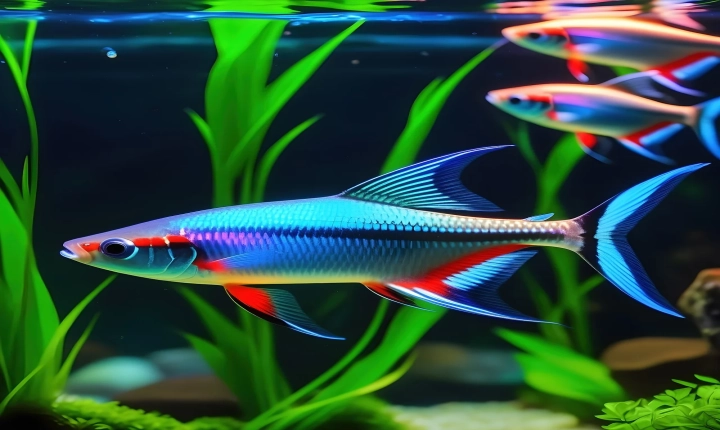Title: Can AI Sharpen Images? Exploring the Potential of AI in Image Enhancement
In the world of digital imagery, the quest for sharper, clearer images is a constant pursuit. From amateur photographers to professional graphic designers, the need for high-quality images is a common concern. While various tools and techniques exist for enhancing image clarity, the rise of artificial intelligence (AI) has brought about new possibilities in the field of image sharpening.
AI technology has made significant advancements in recent years, with its application extending to various industries, including image processing and enhancement. One of the key areas where AI has shown promise is in the enhancement of image sharpness. Through sophisticated algorithms and machine learning techniques, AI has the potential to analyze and improve the quality of images in ways that were previously challenging or time-consuming for human operators.
So, can AI sharpen images? The answer is a resounding yes. AI algorithms can effectively sharpen images by enhancing the edges and details within the image, resulting in a clearer and more defined picture. This is achieved through a process known as image super-resolution, where AI algorithms upscale low-resolution images to higher resolutions, thereby improving their overall sharpness and clarity.
AI-powered image sharpening techniques employ a variety of deep learning models, such as convolutional neural networks (CNNs), to analyze and reconstruct images based on complex patterns and features. These models can learn from vast amounts of image data, enabling them to identify and enhance fine details, textures, and edges within an image, ultimately leading to sharper and more refined results.
One of the key advantages of using AI for image sharpening is its ability to adapt to different types of images and scenarios. Traditional image sharpening methods often require manual adjustments and fine-tuning, making them less efficient for large-scale image processing. In contrast, AI-powered sharpening algorithms can dynamically adapt to the characteristics of each image, making them suitable for a wide range of applications, from enhancing photography to improving medical imaging and satellite imagery.
Furthermore, AI-powered image sharpening can also play a crucial role in the restoration and preservation of historical or degraded images. By leveraging AI algorithms, damaged or low-quality images can be effectively enhanced, revealing hidden details and restoring their visual integrity.
However, it is important to note that while AI-powered image sharpening holds great potential, it is not without its challenges and limitations. The performance of AI algorithms is highly dependent on the quality and diversity of the training data, and they may not always produce perfect results. Additionally, the computational resources required for running AI-powered image sharpening models can be substantial, potentially limiting their accessibility for some users.
In conclusion, AI has demonstrated its ability to sharpen images through advanced image processing techniques and deep learning models. The potential for AI-powered image sharpening to enhance the clarity and quality of images is significant and holds promise for a wide range of applications. While there are challenges to overcome, the continued advancement of AI technology in image enhancement signals a bright future for achieving sharper and more visually compelling images. As AI continues to evolve, it is likely to play an increasingly integral role in the pursuit of image perfection.
